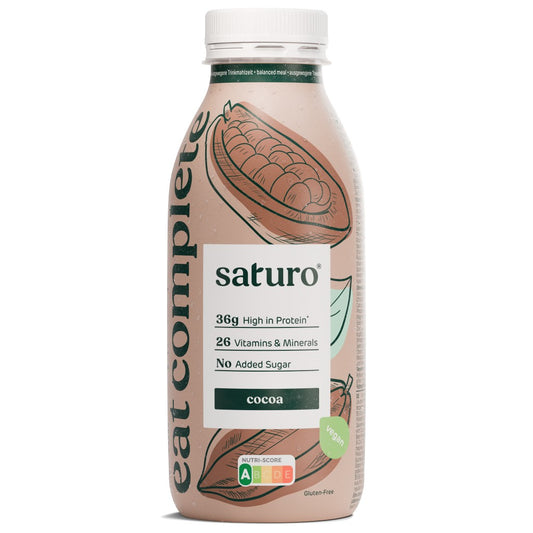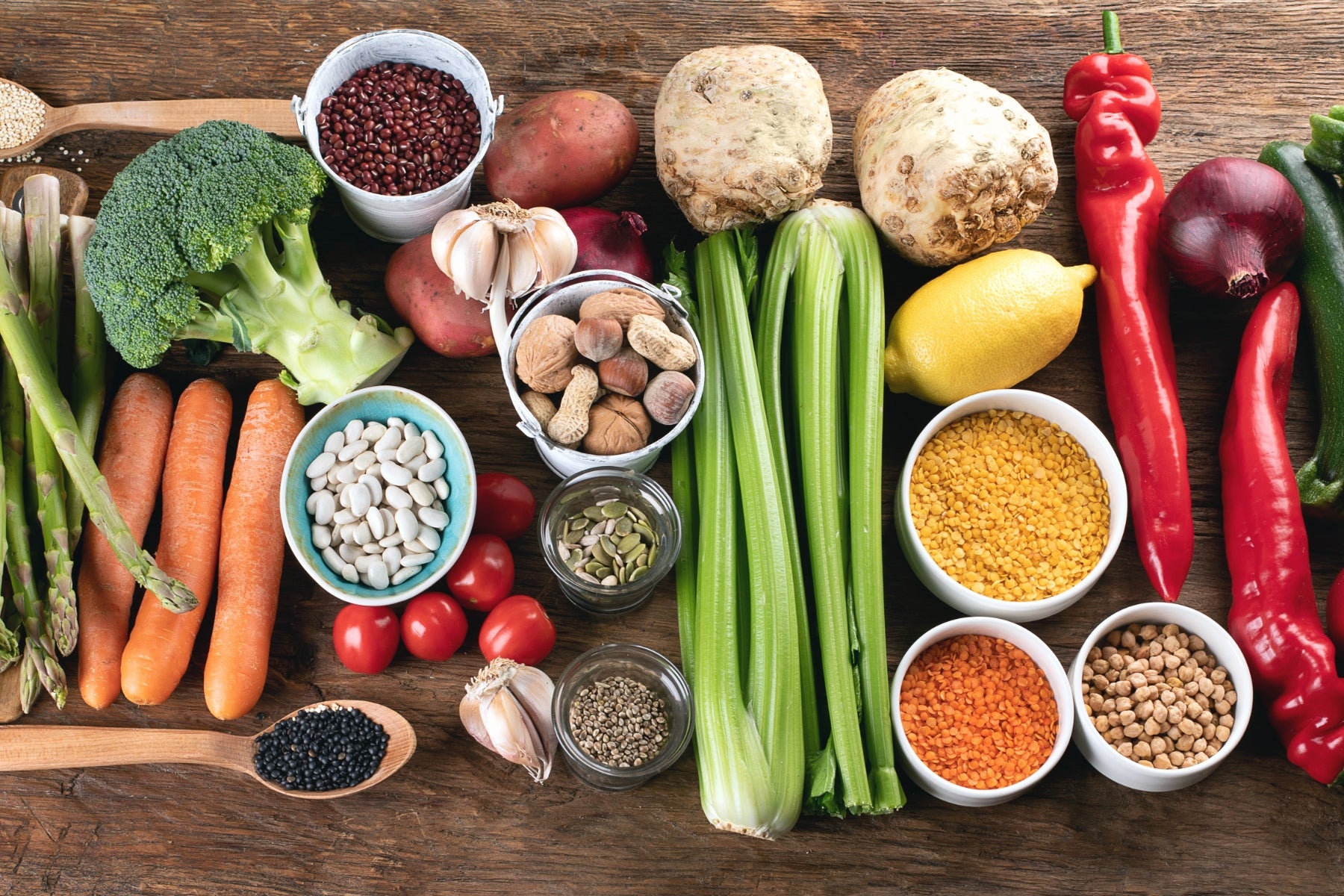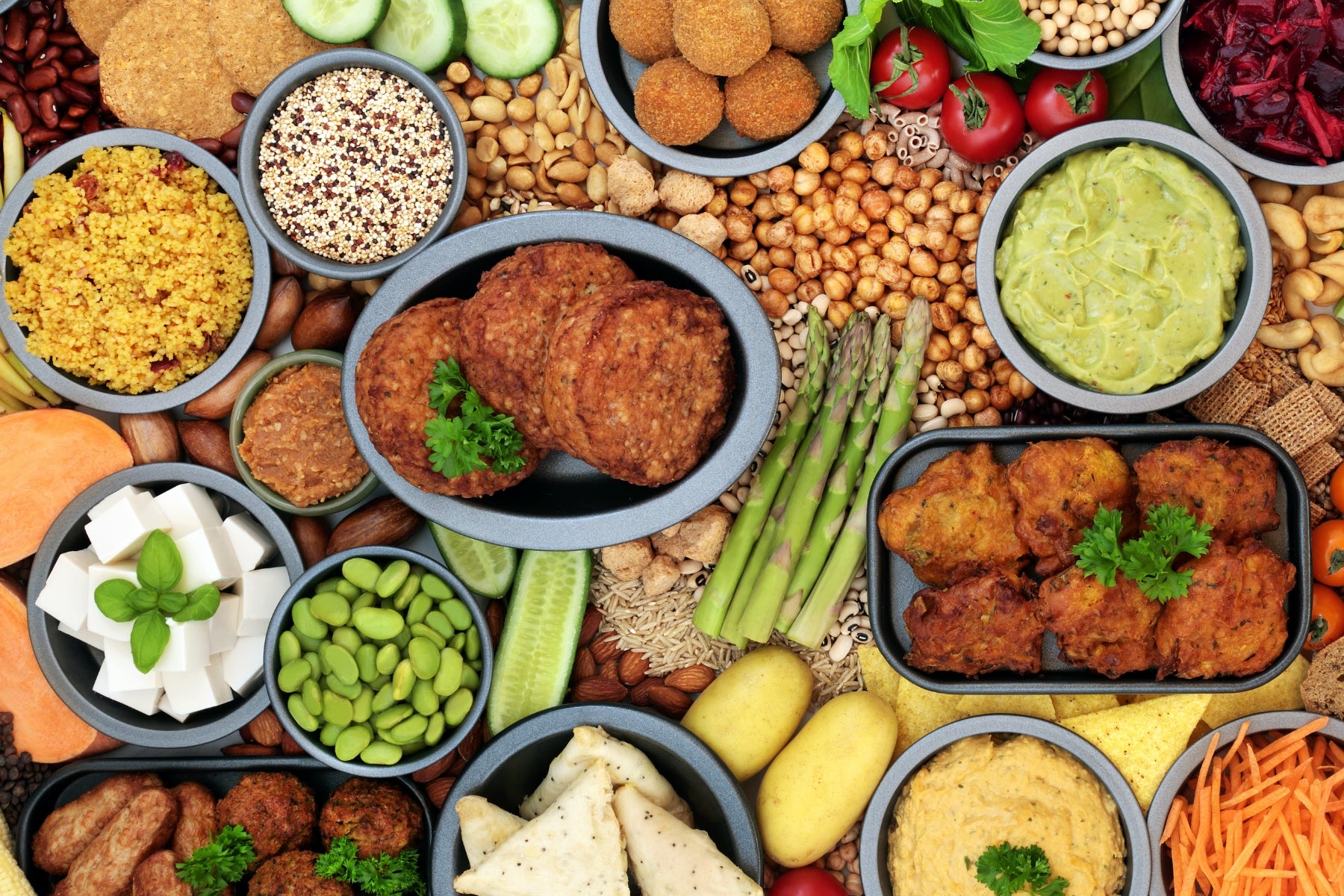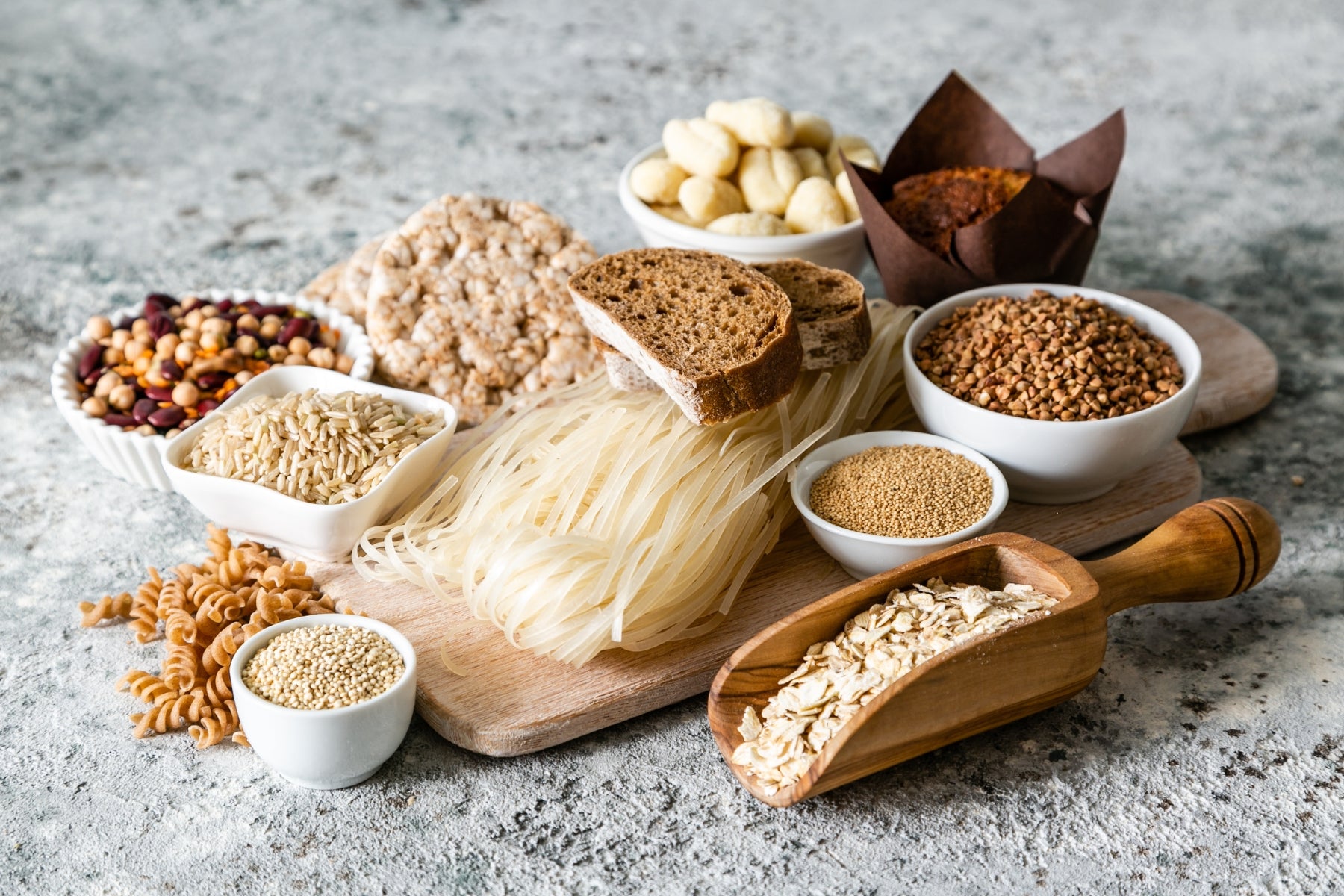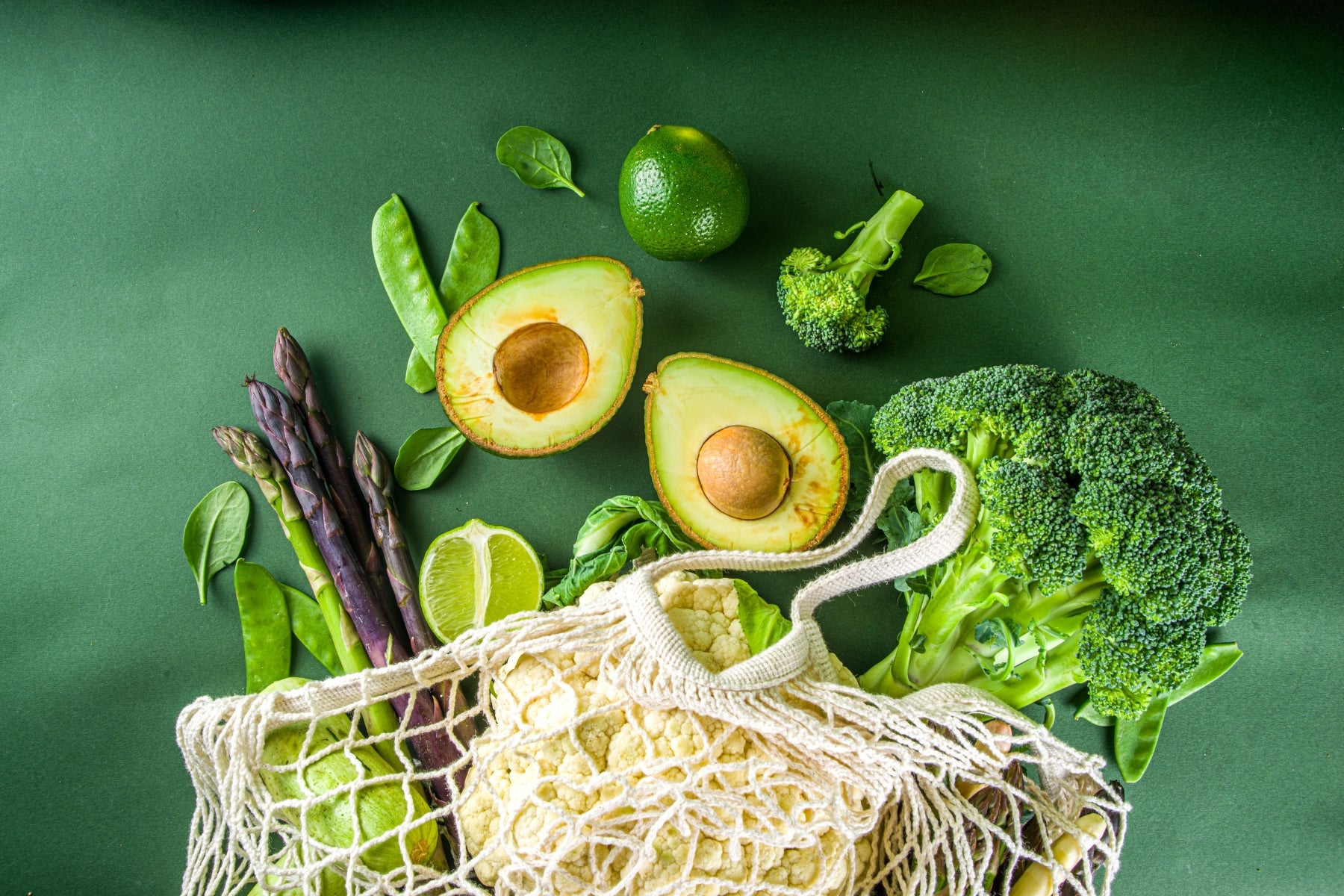
Food forms - this is how you find the right nutrition for you
What are the different nutritional forms?
There are many different types of nutritions that differ in their principles and goals. Here is an overview of the best -known forms:
Full -quality nutrition
The whole nutrition attaches importance to a balanced, natural food with lots of fresh fruit and vegetables, whole grains, legumes, nuts and seeds. Strongly processed foods are largely dispensed with.
Vegetarian diet
In vegetarian diet, meat and fish are dispensed with. There are different forms of vegetarianism:
- Ovo vegetarians eat herbal, but also eat eggs
- Lacto vegetarians eat herbal, but also eat dairy products
- Ovo-lacto vegetarians eat both
Vegan diet
The Vegan nutrition completely dispenses with animal products, also on eggs, milk and honey. Veganer feeds purely vegetable.
Raw food
Raw, unheated foods are mainly eaten in raw food. These include fruit, vegetables, nuts, seeds and sprouts. Rohköstler assumes that many vitamins and enzymes are destroyed by heating.
Low carb
Low-carb diet means carbohydrate-reduced nutrition. Above all, carbohydrates made of sugar and white flour are avoided and more protein and healthy fats are eaten.
Keto
The Keto diet is a special form of low-carb diet. Instead, a lot of fat is eaten to bring the body into ketosis. In this metabolic state, it burns fat instead of carbohydrates.
High protein
At the protein -rich protein diet the focus is on increased protein intake, usually in the form of lean meat, fish, eggs or protein shakes. At the same time, carbohydrates are reduced. This type of nutrition is particularly popular with athletes.
High carb
The carb-rich carb diet is the opposite of the low-carb diet. Up to 70% of the daily calories in the form of complex carbohydrates are absorbed here, e.g. from whole grains, potatoes or rice. Fat and protein only make up a small part.
Paleo
The paleo diet, also called Stone Age diet, is based on the food that was eaten in the old stone time: meat, fish, eggs, vegetables, fruit, nuts and seeds. Cereals, legumes and dairy products are avoided.
Intolerances: When foods are sick
What are intolerances?
Food intolerances are hypersensitivity reactions to certain foods or food components. Unlike allergies, the immune system is not involved. Instead, a certain digestive enzyme usually lacks.
Lactose intolerance
In the case of lactose intolerance, the enzyme is missing lactase, which splits the milk sugar lactose. Unmaid lactose comes into the large intestine, where it is decomposed by bacteria under gas formation. The result is flatulence, abdominal pain and diarrhea. Affected people have to do without lactose -containing foods such as milk, yogurt and cheese or use lactose -free alternatives.
Gluten intolerance
The Gluten intolerance is an intolerance to gluten white gluten, which is mainly included in wheat, spelled, rye and barley. In the case of those affected, consumption of gluten -containing food leads to symptoms such as diarrhea, abdominal pain, bloating and nausea. A lifelong gluten -free diet is necessary to avoid the symptoms.
Fructose intolerance
Fructose intolerance is an intolerance to fructose fructosethat is contained in many types of fruit, some vegetables and sweets. The body lacks the transport protein glut-5 to smuggle the fructose out of the intestine into the blood. The result is flatulence, diarrhea and abdominal cramps. Affected people have to avoid fructose -rich foods or only eat in small quantities.
Histamine intolerance
Histamine is a tissue hormone that cannot be sufficiently broken down in the event of histamine intolerance. Histamine -rich foods such as red wine, hard cheese, fish or sausage then lead to symptoms such as headaches, diarrhea, reddening of the skin or a stuffy nose. The therapy consists in a low -histamine diet and taking antihistamines.
Which diet is the healthiest?
Which diet is the healthiest is not a flat rate. This depends on individual factors such as age, health, lifestyle and personal preferences. In principle, however, the following applies:
balance
A healthy diet should be balanced and deliver all important nutrients. These include carbohydrates, proteins, healthy fats, vitamins, minerals and fiber.
Variety
Variety is the be -all and end -all of a healthy diet. A diverse food selection ensures supply with all important nutrients. One -sided nutrition can lead to deficiency symptoms.
Naturalness
The more natural and unprocessed the food is, the better. Strongly processed foods often contain a lot of sugar, unhealthy fats and additives.
individuality
Ultimately, everyone has to find out for themselves which nutritional form suits them best. It is important to listen to your own body and feel comfortable with it.
What are the advantages of a plant -based diet?
A plant -based diet, i.e. a nutrition with lots of fruit, vegetables, whole grains, legumes, nuts and seeds, has many advantages for health:
High nutrient energy ratio
Vegetable food usually has a low energy density, but are rich in vitamins, minerals, secondary plant substances and fiber. This is good for the figure and health.
Healthy fat
Vegetable oils such as olive oil, rapeseed oil or linseed oil contain many simple and polyunsaturated fatty acids that are good for heart and vessels.
Fiber
Vegetable foods are rich in fiber. These keep your full, stimulate digestion and prevent constipation and other bowel diseases.
Secondary plant substances
Fruit and vegetables contain many secondary plant substances such as antioxidants that make free radicals harmless and thus protect against diseases.
Drinking meals of Saturo
Another way to eat plant -based and balanced are that Drinking meals from Saturo. These products offer a full and nutrient -rich meal in liquid form. Saturo is a good choice for everyone who wants to eat easily and quickly planted with plant -based without avoiding a balanced nutrient supply.
-
4.5 4.5 / 5.0
(144)
Ready-to-drink 6 x 400 ml
- The ready-to-drink meal
- 400 kcal
- 36 g protein
- Satiates for up to 5 hours
Regular price CHF 30.90Regular priceUnit price / per -
4.5 4.5 / 5.0
(144)
Taster Pack 6 x 400 ml
- Find your favourite flavour
- 6 different flavours
- 400 kcal
- 36 g protein
Regular price CHF 35.00Regular priceUnit price / per
How do I switch my diet to healthy?
It is best to switch to a healthier diet step by step. Here are a few tips:
Slowly
Do not change your diet radically overnight. Instead, change your habits instead. So it is easier to stay with it in the long term.
Balanced and varied
Pay attention to a balanced food selection and eat varied. Orient yourself on the nutritional pyramid.
More fruit and vegetables
Eat fruit and/or vegetables for every meal. 5 portions per day are ideal. Fruit and vegetables provide important vitamins, minerals and fiber.
Prefer wholesale products
Take full grain products with bread, pasta and rice. These contain more nutrients and fiber than white flour products.
Drink water
Drink enough water or unsightened teas throughout the day, preferably 1.5 to 2 liters. This is good for concentration and metabolism.
Cook yourself
Cook as often as possible with fresh, natural ingredients. So you have full control over what comes on your plate.
Conclusion
There are many different types of nutritions that all have their advantages and disadvantages. Ultimately, everyone has to find out for themselves which diet best suits them.
Basically, however, a healthy diet should be balanced, varied and natural. A plant -based diet with lots of fruit, vegetables and whole grains is particularly recommended.
Attention should also be taken to pay attention to intolerances and intolerances. If you suffer from food intolerance such as lactose intolerance, gluten intolerance, fructose intolerance or histamine intolerance, you have to adapt your diet accordingly and avoid the problematic foods.
It is best to change your diet step by step and don't be too strict with yourself. Small outliers are allowed. It is important that you feel comfortable with it and stay with it in the long term. So you benefit from all the advantages that have a healthy diet for your health and well -being.
Frequently asked questions
What are the most common forms of nutrition?
The most common diets are mixed food, vegetarian nutrition and vegan diet. There are also many other nutritional forms such as full -time food, raw food, low carb or paleo. Which diet is most widespread depends on the cultural background.
Why are there different diets?
There are different diets because people have different needs, preferences and beliefs. Some forms of nutritions have health reasons, other ethical, ecological or religious ones. Factors such as age, state of health, lifestyle and wallet also play a role in choosing the diet.
What is the most extreme nutritional form?
Fruganism and Breatharianism are among the most extreme nutritional forms. Fruganians feed exclusively on fruit, nuts and seeds that fall from the plant without damaging them. Breathharians believe that they can feed on air and light alone and do without solid food.
